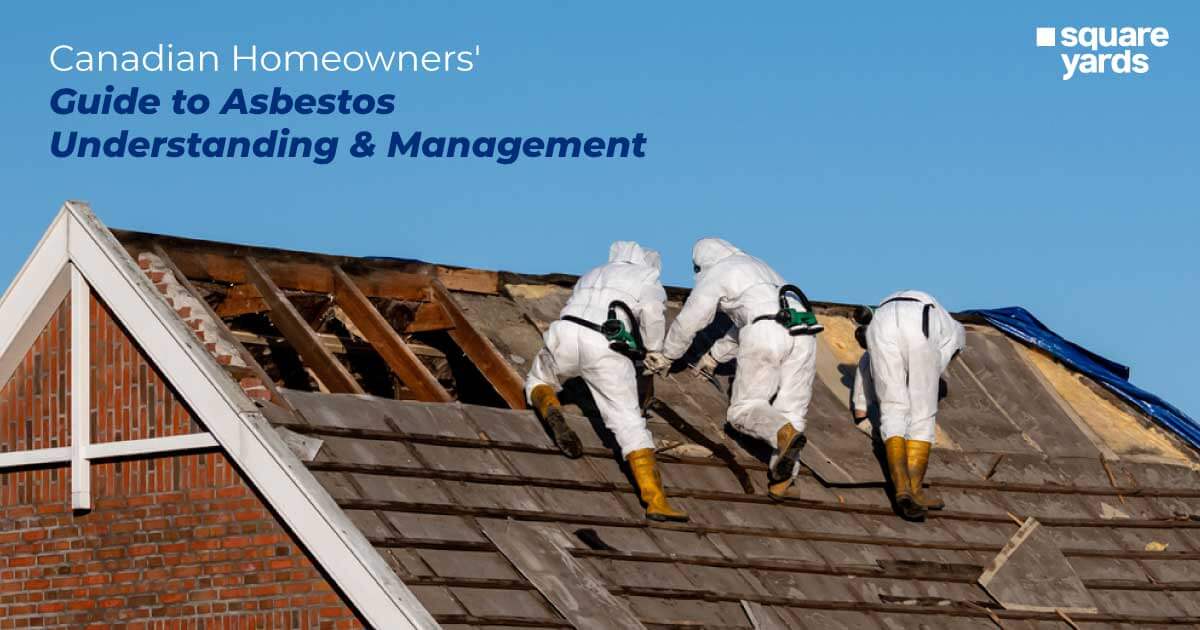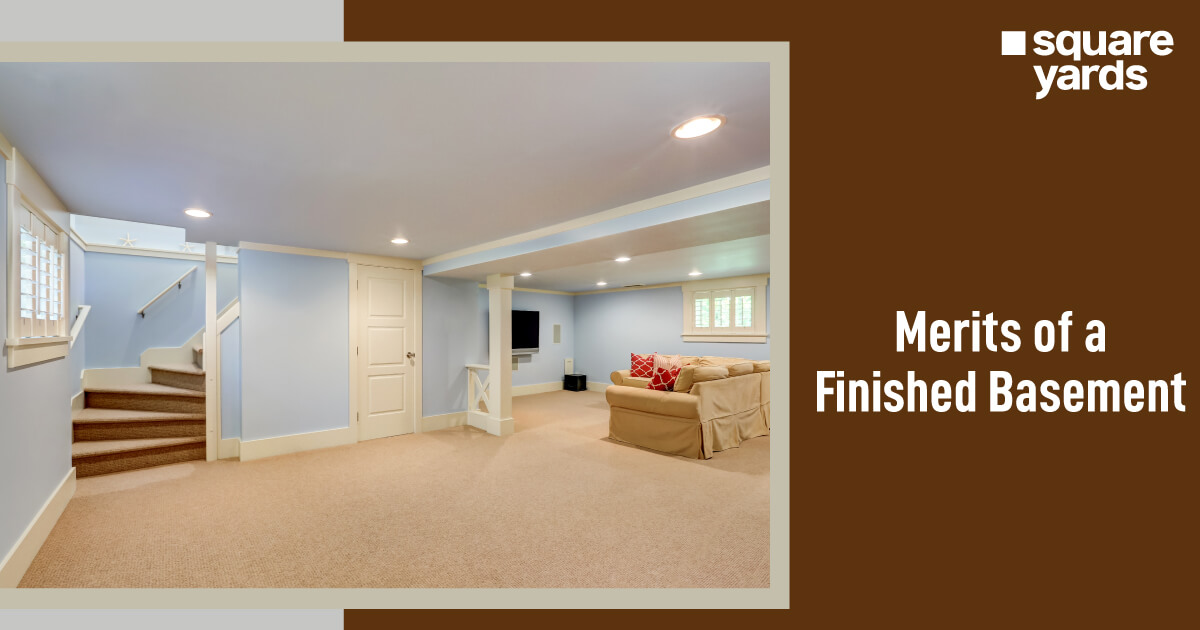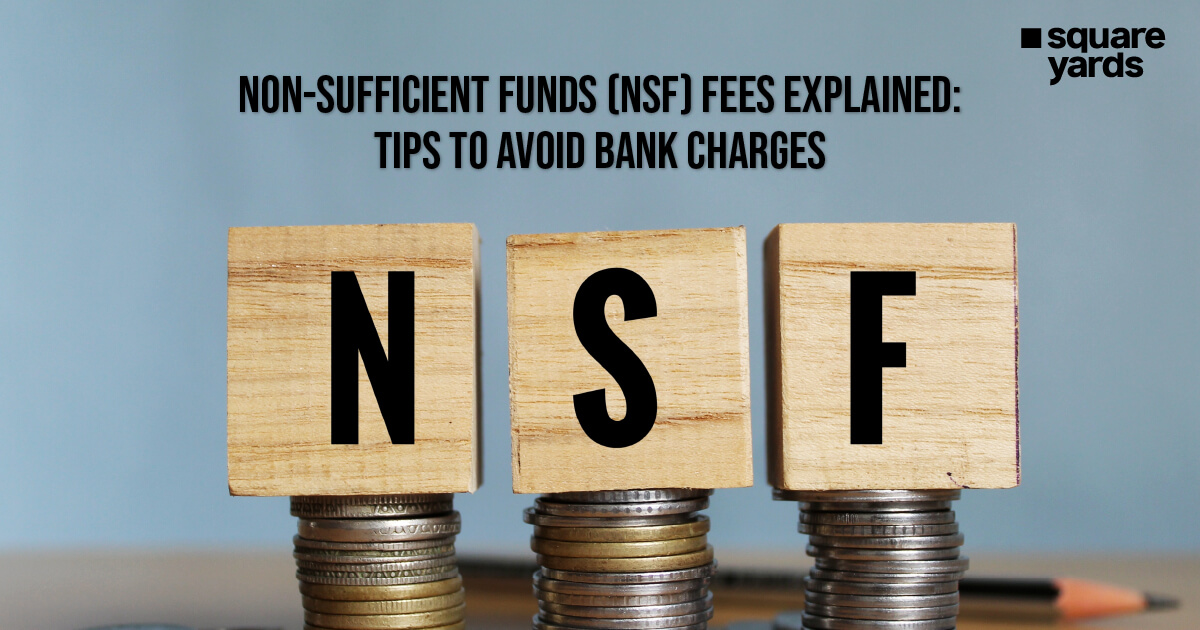Asbestos in homes is a natural material that breaks apart easily into tiny pieces and has been used by several real estate developers for a long time. It was discovered that asbestos fibres are heat and electricity insulators and fire resistant. Due to these features, it became quite handy for various purposes in the mid-1900s. However, around 1980, scientists noticed a direct correlation between the use of asbestos and human lung diseases. The most common of which was mesothelioma, which is a type of lung cancer. It led to a ban on asbestos use across various manufactured and installed products in Canada. In this article, learn more about asbestos removal and its importance.
Identifying the Usage of Asbestos and the Places Where it May Exist
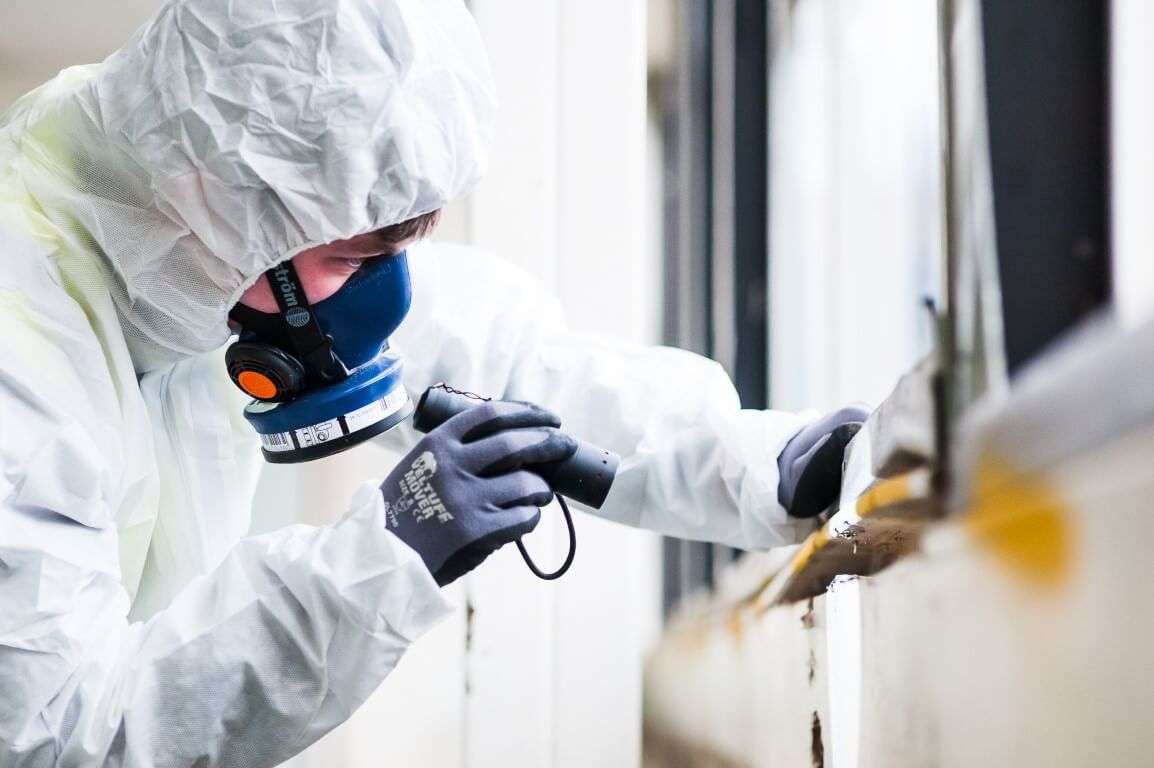
During the late 18th century and early 19th century, real estate developers used asbestos to construct and renovate houses. This local resource was extensively used as it is both fire-resistant and lightweight in nature. Soon, large quantities of asbestos were mined in many regions like Quebec. In the 1960s-70s, asbestos was widely used for popcorn ceilings, created by mixing plaster with small “vermiculite” particles. This 3D texture was applied to ceilings for a decorative look. Asbestos is found in various parts of Canadian homes, including floors, walls, and ceilings. Ceiling tiles, vinyl flooring, and wall insulation can expose you to asbestos. It was also commonly used in loose-blown attic insulation due to its fire-resistant properties, believed to save lives.
Houses built before the 1980s may have asbestos, posing a risk to families. Many Canadian homes from that era contain asbestos in homes floor tiles, walls, cement, and pipes. Asbestos, widely used in construction, has substantially impacted Canada’s infrastructure and homes.
Listed below are some other areas where asbestos might be present:
-
- Roof Shingles
- Window Putty
- Vinyl or Tile Flooring
- Belt Insulations
- Range Hoods
- Water Heater Insulation
- Knob and Tube Wiring
- Artificial Fireplaces
- Acoustic or Ceiling Tiles
- Furnace Insulation and Ductwork
Our guide to asbestos in the home can help protect you and others from exposure.
Checking Your Home for Asbestos
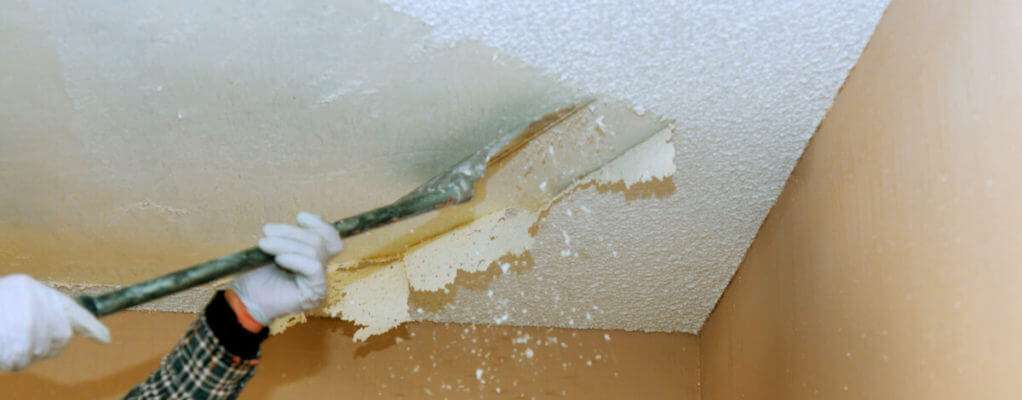
If you are worried about asbestos in your home, you can always get professional help. You can also purchase an asbestos test kit online. Insulation and damaged drywall are indicators of possible asbestos. Even if you are considering remodelling, testing your home for asbestos is advised. However, if you are not remodelling your home or the construction materials appear in good condition, you can skip testing.
It is important to note that you should leave the asbestos after suspecting it because touching it might be harmful. Therefore, you should limit that infected area until a professional can test the material.
-
Renovating the Attic
You can find some piles of brown-coloured pebble-like insulation material during remodelling. You can replace the current insulation with new fibreglass insulation as it is affordable. Then, you scoop the loose insulation into the dustbin bag and install the new material. Most people don’t know that the attic becomes insulated with asbestos. Therefore, if you disturb the insulation, it can spread the fibres into the atmosphere. Thus, leaving the insulation undisturbed is advised before testing is recommended.
-
Brake Dust in the Parking Space
You sometimes need to replace your car brakes when they start squealing. At times, the brake drums get covered with dust. Due to this, many people start banging the sides with a hammer to blow the dust away with the help of an air compressor. However, you should remember that certain brake components have asbestos. So, spraying these with compressed air could release toxic fibres into the atmosphere. Hence, it is advised that you take your car to a shop for servicing or just wipe the brake drums delicately with the help of a wet cloth.
-
Drilling into the Drywall and Exposing Asbestos
We all have paintings in our homes, often in our living rooms. We drill a hole in the wall to hang beautiful pictures to place drywall anchors. We then measure the space carefully to keep the painting in place. However, the image sometimes looks uneven, and we drill a few more holes to hang it properly. Most often, people don’t know their homes were built with asbestos-infested drywall. Due to this, while drilling the walls, there is a possibility that the asbestos fibres might come out into the atmosphere and affect one’s health.
-
Taking Off the Vinyl Floor Tiles
We often tend to repair our homes by renovating the bathroom during remodelling. The first method is to remove the vinyl floor tile. People frequently remove the existing tile with a scraper and install a new one. It is important to note that asbestos was a prevalent ingredient in vinyl floor tile. However, the scrapper can release the asbestos fibres into the atmosphere. Hence, installing a new tile over it is a better alternative.
-
Removing the Popcorn Ceiling
Commonly, you might get bored of seeing the popcorn texture on the ceilings in your homes after a while. Due to this, you may give it a polished look by scraping it off. Although you might do this by taking all the protective measures like wearing a dust and eye mask, there is a slight possibility that the fine asbestos fibres might pass through your mask. Thus, to avoid inhaling this toxic substance, it is advised to hire a professional for this task. However, not everyone can afford to hire a professional. In such a case, you can test a sample of the popcorn ceiling surface before removing the entire ceiling. It is important to note that you must wear an N95 mask and eye protection while taking a sample.
-
Separating the Insulation on Pipes
While remodelling your home, you might see the insulation around the water pipes deteriorating. This could reduce the heat efficiency, and you might decide to replace it with new fibreglass insulation. Consider using a knife to remove the old insulation, but be cautious as it could contain asbestos. The insulation on the old plumbing fixtures is made of asbestos. Therefore, getting an asbestos professional to handle this job is recommended.
Ban on Asbestos in Canada
In 1979, researchers presented evidence to prove the correlation between lung cancer and asbestos exposure. Due to this analysis, the Canadian government banned manufacturing materials induced with asbestos. Since removing the materials takes time, many such provisions were brought in the future.
One such provision was in 1985, wherein the Canadian government completely banned developers from installing such materials in walls, ceilings, and flooring. Ultimately, by 1990, several developers prohibited using asbestos in the insulation of fibres. So, since 1990, many Canadian cities have required a report on harmful materials before renovating homes built before that year.
The Hazards of Asbestos
Asbestos is harmless when left undistributed but can pose a threat when released into the air. If you inhale these toxic particles, you can suffer from serious lung-related diseases. Therefore, many people sell their houses as they contain this poisonous material. You need to be careful before you start installing materials that contain asbestos. You should also wear proper protective PPE or else hire a remediation expert.
How to Make Out Which Material in Your House Is Asbestos?
After reading this blog, you must have understood one thing, i.e., you cannot tell which material is asbestos just by looking at it. Therefore, you are advised to send the samples to the lab for testing. Hence, hiring a professional is always considered a wise choice.
Dos and Don’ts of Asbestos Protection
If you live in an old and worn-out house, it is advisable to be cautious to prevent the damage of materials with asbestos. Thus, hiring a professional is imperative to avoid potential exposure to toxic substances. Hence, here are a few do’s and don’ts to remember.
-
Do’s/ Things to keep in mind
- You should avoid damaging any asbestos-containing materials.
- It is advised to steer clear of any possible contact with asbestos substances.
- You should ask a home inspector about known asbestos threats in your house.
- Hiring trained asbestos professionals for testing, inspection, and removal should be the way to go.
- If you are considering demolition, you should contact a suitable regulatory agency.
-
Don’ts/ Things to Avoid
- You should not sand, saw, scrape or drill the substances which might have asbestos.
- It is advised to avoid sweeping, using vacuum, and dust debris which might have asbestos.
- You shouldn’t collect asbestos samples to test it without any prior training.
- You should avoid working on neat asbestos substances if you are not trained and certified.
- If the area can still be repaired or concealed, avoid Asbestos removal, as there is a high chance of asbestos exposure.
- You shouldn’t get rid of asbestos substances with regular household waste.
Conclusion
Asbestos, when left undisturbed, is not harmful to people. However, asbestos exposure to the atmosphere can cause serious diseases like lung cancer. Therefore, citizens of Canada should take extra care if their houses are built before 1980. They should hire professionals to remove asbestos if they suspect potential asbestos hotspots.
You May Also Read :
|
Guide To Home Cleaning Checklist |
|
|
Explore New Home Construction |
|
|
Know The Mobile Homes in Canada |
|
|
Apartment Ceiling Leaks |
Frequently Asked Questions (FAQs)
Asbestos, if left undisturbed but after getting into the atmosphere, can cause lung-related diseases.
Asbestos usually looks like a lumpy grey concrete-like material.
No amount of asbestos exposure is considered safe, and you should try to avoid this harmful exposure.
Asbestos testing can cost around CAD $250-$700.
If you violate Asbestos laws, you can be penalised for CAD $400 or even imprisoned under serious circumstances. Is Asbestos in homes are dangerous?
What does Asbestos look like?
How much Asbestos exposure is harmful?
How much does Asbestos testing cost?
What happens if I violate Asbestos laws?

